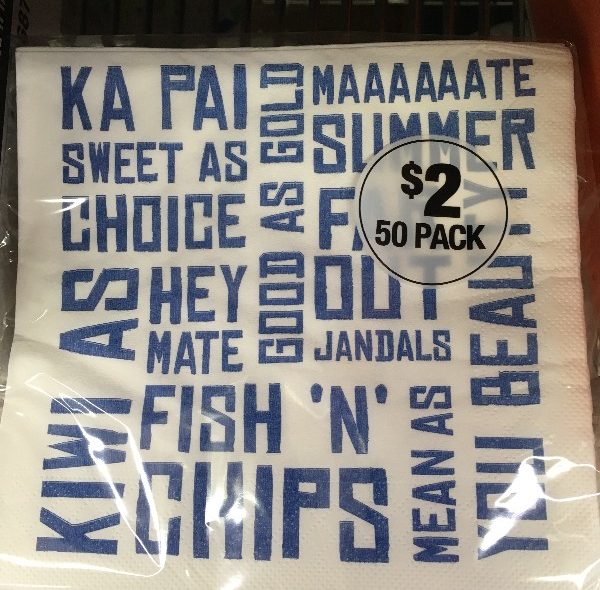Owen made this presentation for his Spanish class at school. He had a list of questions he was supposed to answer about a trip he had taken. He thought it would be too hard to answer about our entire trip, so here he discusses the New Zealand portion.
Tag: New Zealand
underland
underland
I’m not ready to be
underground
unprepared to enter
the underworld
my brief visits so far
have been uncomfortable
shot through with wonders, yes,
but also the oppressive feel
of too little air
and too much rock
too much thick impenetrable dark
in Ireland we descended below dolmans
in the white-grey lime of the Burren
walked a muddy path
to an echoing room
with frozen rock icicles
amazing – yes
magical – no
it had the cold feel
of forbidden
back in the day
when bat noses were black
we found our way into
each of Boulder’s caves:
Harmon, Mallory, Boy Scout, Davy Crockett, Cavernous Sinus
(some now gated with metal grilles –
one more pleasure our sons will never know,
but a worthy concession to the bats)
(also somewhere up Clear Creek Canyon)
small rooms with graffiti
and the soot of illicit fires
spaces more likely to hide transients than the wild
they still gave cool shade, otherworldly echo,
the sense of adventurous exploring
then Caribou Mine
Tom Hendricks’s baby
open to the public now and then
the real deal, silver and gold still pulled out
of veins that once fed
the ghost town by the same name
we used to see him in Nederland
pale blue overalls and no shirt
hair cut by his own hand
he dominated the hand drilling contest
at Miners’ Days
a place industry and fantasy merged
jackhammers slowly turned the mountain to dust
it was all business
later Lenin’s tomb
red letters on black background
silent young men with Kalashnikovs
at each crowded landing
I gulped in fear
whenever it was
my turn to sink lower
at Carlsbad Caverns, finally overwhelming awe
we walked through wonders all day
even came back for more
I kept saying It’s just like Journey to the Center of the Earth!
(later I learned why –
some scenes were filmed there)
still the smell of the entrance swallows
made us hold our breath
and question our choices
next the Bat Cave (Gua Kampret)
black cool in the Sumatran swelter
sometimes green jewels broke open
across its uneven roof
reminding us where we were right then
unseen poisonous creatures
around every dark bend
lastly, most spectacularly,
the glowworm grotto
blue dangling orbs
laying fanciful traps
wherever our barque drifted
Te Anau fairy tales sparkled
we can always come home here
still, I’m not ready
to lie quiet
in some shallow rectangle now
with no view of sky sun stars
I need more time
more air
more earth
more days
New Zealand
One of our favorite places that we have been to, New Zealand was our next stop after Australia. Also known as “the land of birds” (because there are only two native land mammals, and the rest are birds) I couldn’t wait to get there because of the high proportion of endemics.










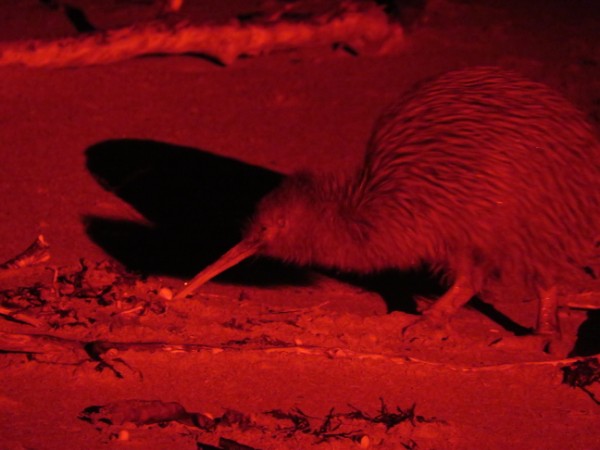
















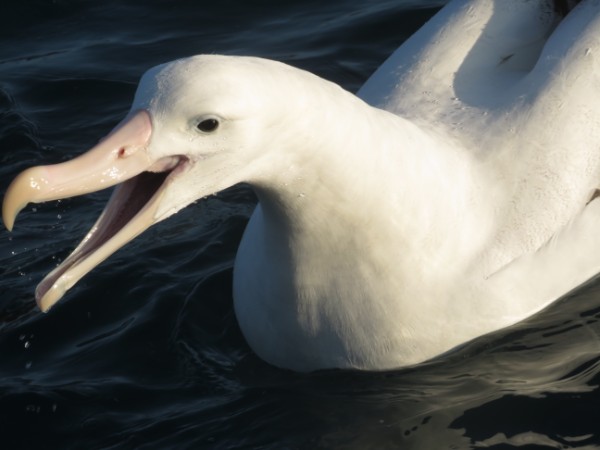




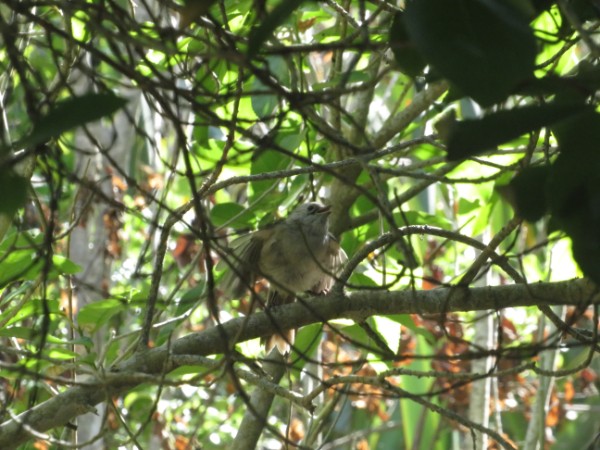




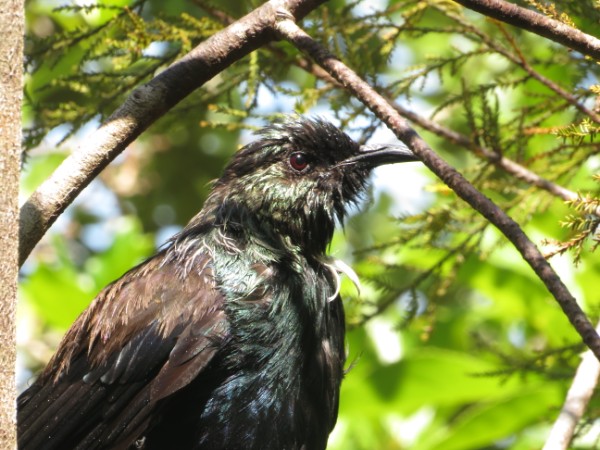

Robertson Rambles Recommends: 10 Awesome Places to Travel with Kids
Here are 10 places our kids absolutely loved from the last six months of our travels abroad!
coronavirus: prejudice gone viral
coronavirus: prejudice gone viral
the man sits next to me
and I can’t help but notice
his Asian features
and the surgical mask
concealing his smile
I grimace hello
and he manages nice to meet you
I hear him talking to his friend across the aisle
in what might be Mandarin or Cantonese
although Korean or Japanese are equally possible
all I know is
they are words without resonance for me
with no cognates I can catch
and wring some meaning from
we settle in for ten hours
and his hacking cough makes an entrance
this is the worst-case scenario I think
(except for the mask, I suppose)
and I pass around the hand sanitizer feverishly
fear spreads like phages multiplying
and I inch my right arm away from his left –
it didn’t even start with the sickness, though,
this unbidden Chinese antipathy
at home, planning the trip,
we heard on and on
about their hunger for any creature
ground into powder
resources drained from around the globe
to fuel an empire
when I see the big tour groups
all the women sporting nondescript bobs
their leader invariably clutching a metal stick
with a grubby stuffy on the end
I give them a wide berth
at the Māori cultural program they shuffled along
ignoring the performers’ questions and directions –
because they didn’t understand!
I must actively remind myself now
feeling the slip toward stereotypes and judgement
I’m horrified by my own wave of aversion
how my lens warps
just how easy I am to fool
how quickly I can see
someone else as other
missing out
missing out
he tells me to embrace
the joy of missing out
and I can’t even say
why those words
bring such a wave of pain
sometimes the body knows
what the mind censors
red white and blue flags
red white blue flags
estranged from a country
I’m supposed to call mine
a place meant to stand for something:
freedom opportunity refuge equality
all of those abandoned
subsumed by oligarchy’s will
I see in this new little land
a model that seems unreplicable
a country where the words are going wild
back to the rich Māori meaning-laden names
without the people really noticing
they’ve dropped the English that doesn’t serve
a country built on second chances
filled with nature souls
who want to be out in the bush
in their little kiwi baches
windows fronting the sea
they revel in feeling small
here is a place with an island stripped bare
the people say, together we’ll plant it
and they do
now it’s bush so thick
you wouldn’t believe it’d been farmed
I think of all the reasons it wouldn’t possibly work
at home
look at me – I can barely say Hinóno’éí
let alone speak one living word of it
look at our restoration attempts
riddled with weeds
here in Godzone country
everything seems easier
(except the quakes)
but the locals squint back and shake their heads –
No, it’s not.
New Zealand only found its Māoriness around 1996.
Before that, the Māori language was banned.
We’ve got a noxious weed problem, too,
she says, but we volunteers pull them.
maybe it’s not too late to change
to bring back some substantial bit of
what was lost
maybe our big godforsaken country
could grow a little less corrupt
a little more wild
a little more native
and whole
on finding your audience
on finding your audience
I am writing out a hole in my chest
writing down a neverending list of daily found treasures
writing up my kaupapa as I discover it
writing what little I know of our whakapapa
for our children to hold onto
when we’re gone
writing what I fear to say
and what I want to scream
writing as medicine – the pencil
evens my breath and soothes my heart
writing mostly because
it’s the closest thing to a calling I’ve known
and that makes me trust
I’ve got some words in me somewhere
someone else needs
Australia vs. New Zealand
Australia vs. New Zealand
we lumped them before we left:
Australia-and-New-Zealand
countries with the Union Jack,
Southern Cross, English speakers
tea, cricket, rugby, and the queen
later I mention this to a Kiwi
and she’s surprised we would equate them
(which further surprises me)
although now we understand
Australia: hot as blazes
and on fire
blue oily eucalyptus haze everywhere
a massive, unending country
with an almost empty middle of wild desert
mostly flat, with death lurking everywhere:
crocs sharks snakes stingers –
you have to keep the children close –
a tough landscape breeds stout-hearted people
with a ready wit
to take you down a peg
they’ve also got mammals falling out their ears
and the brassiness of a country
built on convict labor –
g’day
New Zealand: pack your puffy even in summer
the Long White Cloud’ll get you
the forest is mostly gone
and the toothy animals were never here
nothing can eat you,
almost not one thing can harm you,
and children roam about the bush on their own
folks ask with genuine self-effacing humor
oh, my, you’re a long way from home –
how’d you come to hear about us?
we’re just a little place
(they’ve no swagger to speak of)
underlying everything is volcano and earthquake
to further humble you –
you’re just a blip in this tiny unstable ocean,
so far away only a bat could make it
Kia ora! they say
pressing the bridge of their nose against yours
this is a place where everyone thinks
about their kaupapa and whakapapa
where people identify with fern fronds and forest birds
where everyone speaks in two tongues
and lives in two worlds
Auckland
Auckland
you and I are South Island people
Alex says
10 minutes on the street in Auckland
and I realize I am blinking fast
while impeccably dressed people hurtle past us
toward their ferries
a man on a bike rings his bell three times
then mutters curses
before Alex gets out of his way
at the Countdown grocery
I see the first person panhandling in months
and then we gawk as a Rolls-Royce glides by
here people are just too polished for us
and I already miss the rough grey-green
of West Coast jade







